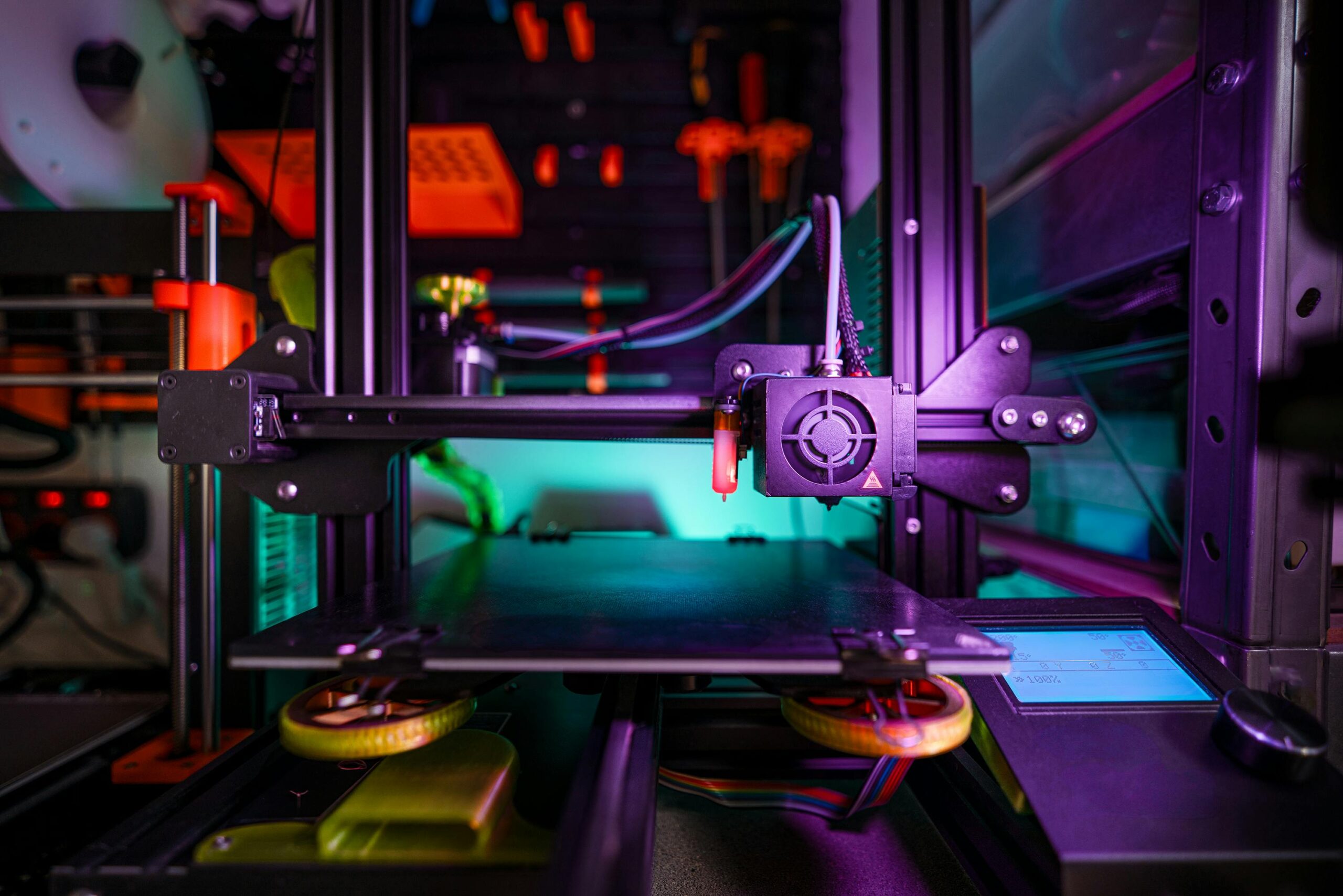3D printing, or “additive manufacturing”, is revolutionizing many sectors, and thanks to the most recent innovations is going from being useful mainly for prototyping to also being useful for mass production. This evolution opens up new opportunities and has the potential to radically change manufacturing and design. Let’s explore therefore the main innovations in 3D printing that are revolutionizing the industry.
Rapid Prototyping
3D printing was initially adopted for rapid prototyping, as it is capable of creating physical models by generating them directly from digital data. In this way it allowed planners, engineers and designers to quickly test and iterate designs, reducing development time and costs. For example, in the automotive or consumer electronics sector, using 3D printing to create functional prototypes has made it possible to test parts before producing them quickly and efficiently, being able to test various configurations and features, and then move on to production on large scale.
Advanced materials
Another significant innovation that 3D printing has given us is the introduction of new materials. In fact, if it was previously possible to 3D print only with plastic, today it is possible to use metals, ceramics and other composite materials. This has significantly expanded the applications of 3D printing, thanks to the high performance of these materials. For example, in the medical sector, the use of biocompatible materials has constituted a real revolution. Nowadays it is possible to create personalized prostheses that adapt perfectly to the anatomy of the person, gaining comfort and functionality. We are getting ever closer to using 3D printing to reproduce organs for transplant. One woman, for example, successfully received a 3D-printed biological ear transplant (read more here).
Mass production
Now, finally, 3D printing is moving beyond the prototyping phase to fully enter the world of mass production. In fact, with the evolution of technologies and the increase in speed and precision, companies are starting to use 3D printers to produce final components on a large scale. In the aerospace industry, for example, they use 3D printing to produce lightweight and complex components that are difficult or impossible to produce using traditional methods, reducing weight and costs and improving the performance of aerospace vehicles.
Mass customization
It seems like an oxymoron, but it’s not. In fact, another ability of 3D printing is to customize products on a large scale while avoiding increasing costs. This functionality is particularly useful for those sectors where customization can make the difference, such as clothing, footwear and medical or para-medical devices. For example, companies like Adidas use 3D printing to create shoe soles from a scan of the foot, ensuring comfort, performance and low costs.
Reduction of waste
We said that 3D printing is an additive technology, but what does this mean? means that materials are added layer by layer to create the final object, in contrast to traditional manufacturing methods which often involve the removal of extra material and resulting in large-scale waste. This can contribute, in large-scale production, to sustainable manufacturing that reduces material waste but does not increase production costs. In sectors such as goldsmithing and jewellery, where precious materials must be treated and used sparingly, this is particularly useful.
Conclusions
As we have seen, innovations in 3D printing have transformed and will continue to transform the entire production landscape, increasingly reducing costs and increasingly increasing efficiency. With the development of new materials and even more precise and advanced technologies, we expect that 3D printing will continue to push the boundaries of what we thought possible in manufacturing.


